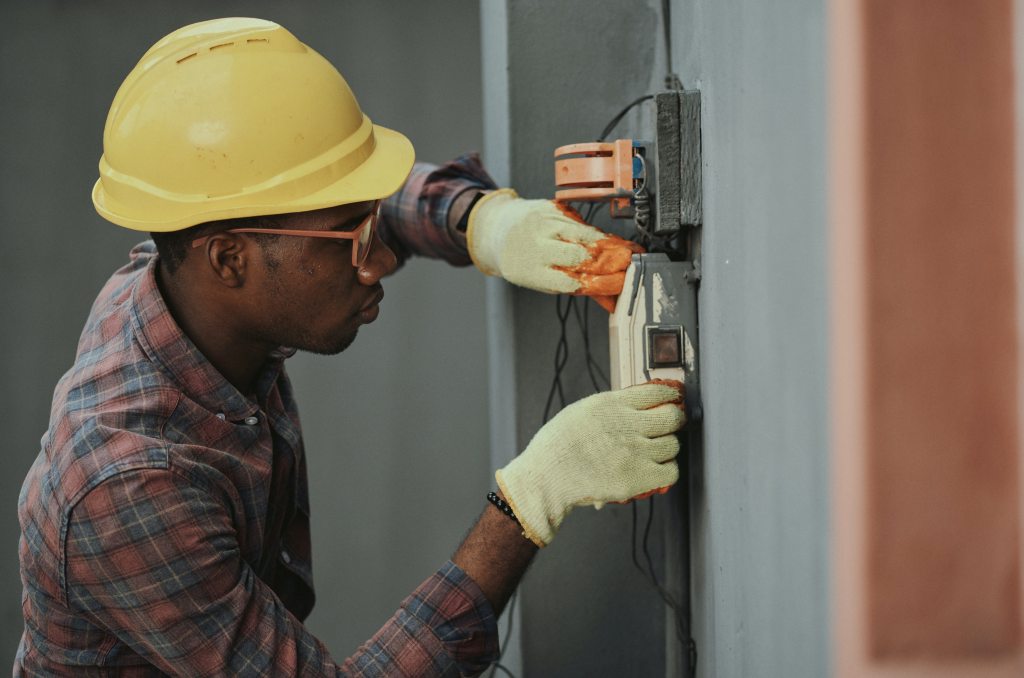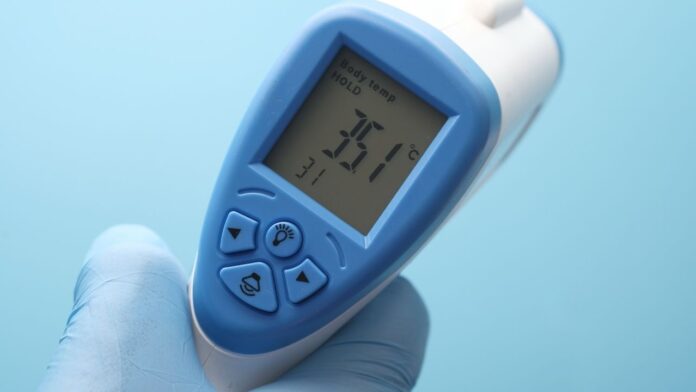Before a time in which temperature was controllable, our relationship to the world was based on an unpredictable metric. This lack of environmental control halted industry and twisted scientific results; barometric, weather, and temperature-based estimations would frequently result in faulty conclusions and theoretical maladies.
However, the world has changed, technology has evolved, and temperature can now be controlled and fully monitored. Temperature sensors provide scientists, executives, business leaders, and even gourmet chefs with the tools they need to meet official temperature compliance standards.
Different types of temperature sensors are based on a variety of different technologies, but they all serve the same ultimate purpose. The primary function of a temperature sensor is to measure air temperature, liquid temperature, or the temperature of solid matter. Whether the measurements are taken by resistance temperature detectors (RTDs) or thermocouples, the results of said measurements must provide a clear and accurate reading.
Applications for Temperature Sensors
Different types of temperature sensors accurately measure and monitor the temperature in a variety of industries and environments. When it comes to genuine industry mechanics, the manufacturing machinery is monitored and regulated. A power plant’s temperature, for example, needs to be monitored closely and carefully.
There is a subtle and delicate balance between long-wave thermal radiation and short-wave environmental radiation from the sun. In accordance with Stefan-Boltzmann’s law, thermal radiation must be heavily monitored as “the thermal radiation emitted by anybody increases according to the fourth power of the temperature.” This exponential and radiant temperature fluctuation is a key reason for deploying temperature sensors in the mechanic sector.
Different types of temperature sensors also have numerous medical applications. A well-functioning and accurate temperature sensor is crucial for understanding a patient’s current medical status. These sensors offer temperature monitoring benefits for patients as well as medical devices; temperature sensors are responsible for the regulation of thermodilution cardiac catheters, dialysis fluid temperature, and many more important medical tools.

HVAC systems, transit, motorsport, and restaurants all depend on the accuracy of these devices as well. Your favorite restaurant would not be able to exist if it were not for the temperature sensor in their refrigerated delivery truck. Your food’s safety would also come into question without a proper sensor in the kitchen. The applications for temperature sensors are nearly endless, but it is crucially important to pick the right sensor for your particular needs.
–Thermistors
Of the different types of temperature sensors, thermistors are an extremely convenient form of temperature monitoring. They are typically very small in size and consist of an epoxy-coated sensing element. From this sensing element, there are two wires extending from the unit to attach to an electric current. This current is the key to getting an accurate reading; they measure temperature through the electric current’s comparative resistance.
Thermistors come in two forms: a negative temperature coefficient (NTC) or a positive temperature coefficient (PTC). The thermistor’s temperature value is based on the resistance value of the electric current. An NTC thermistor’s resistance value decreases as the temperature rises. NTC thermistors are typically utilized in inrush current limiters to help avoid gradual damage to components through a blown fuse or tripped electrical breaker.
As a PTC thermistor’s resistance increases the temperature will increase as well. PTC thermistors are typically used for inline resettable fuses, to help monitor and protect the circuits of various electrical equipment.
–Resistance Temperature Detector
While thermistors measure the resistance of an electric current, RTDs are a different type of temperature sensor. They monitor temperature through the resistance of the metal. This resistance is caused by the effect that temperature changes have on metal. Platinum is most often used as the core metal component of RTDs. These RTDs, commonly referred to as PRTDs, offer pinpoint accuracy, stability, and the potential for repeatable results.
There are multiple wired options for RTDs. As the number of wires increases, the read increases in its accuracy. While the stability of a PRTD offers many benefits, its higher thermal mass causes it to react more slowly than an NTC or PTC thermistor.
–Thermocouples
Commonly found in the industrial and automotive sectors, thermocouples are incredibly popular temperature sensors. Their massive demand comes from the range of their function. Thermocouples are self-powered and offer incredibly fast response times. At their core, thermocouples are based on the Seebeck Effect.
This phenomenon occurs when an “electric current in a loop of material consisting of two dissimilar conducts when two junctions are maintained at different temperatures.” As these two different metals are conjoined and run through a looped current, a change in voltage occurs. This change can be measured and used to get an accurate temperature reading.
Since thermocouples are self-powered, they produce a very small voltage output. This can become a challenge when monitoring temperature as it requires proper amplification. Even precise amplification can lead to issues like cold junction compensation or loud external noise.
Choosing Different Types of Temperature Sensors for Different Needs

Thermistors, RTDs, and thermocouples are different types of temperature sensors with their own benefits and drawbacks. Thermistors are small and convenient with a limited range. RTDs provide stability and repeatable results, but their higher thermal mass results in slower reaction times.
Thermocouples are self-powered and offer fast response times, but their small voltage output requires amplification; this amplification can lead to a cold junction, which requires an extra level of monitoring and compensation.
Temperature monitoring is a crucial component of compliance regulation in a wide range of technical industries. Regardless of the vertical, having carefully calibrated temperature sensors and clear regulatory guidelines helps industry professionals maintain safety protocols, product consistency standards, and more. Without access to these specialized sensors, many advances in science and technology would be largely impossible.
Also Read:

